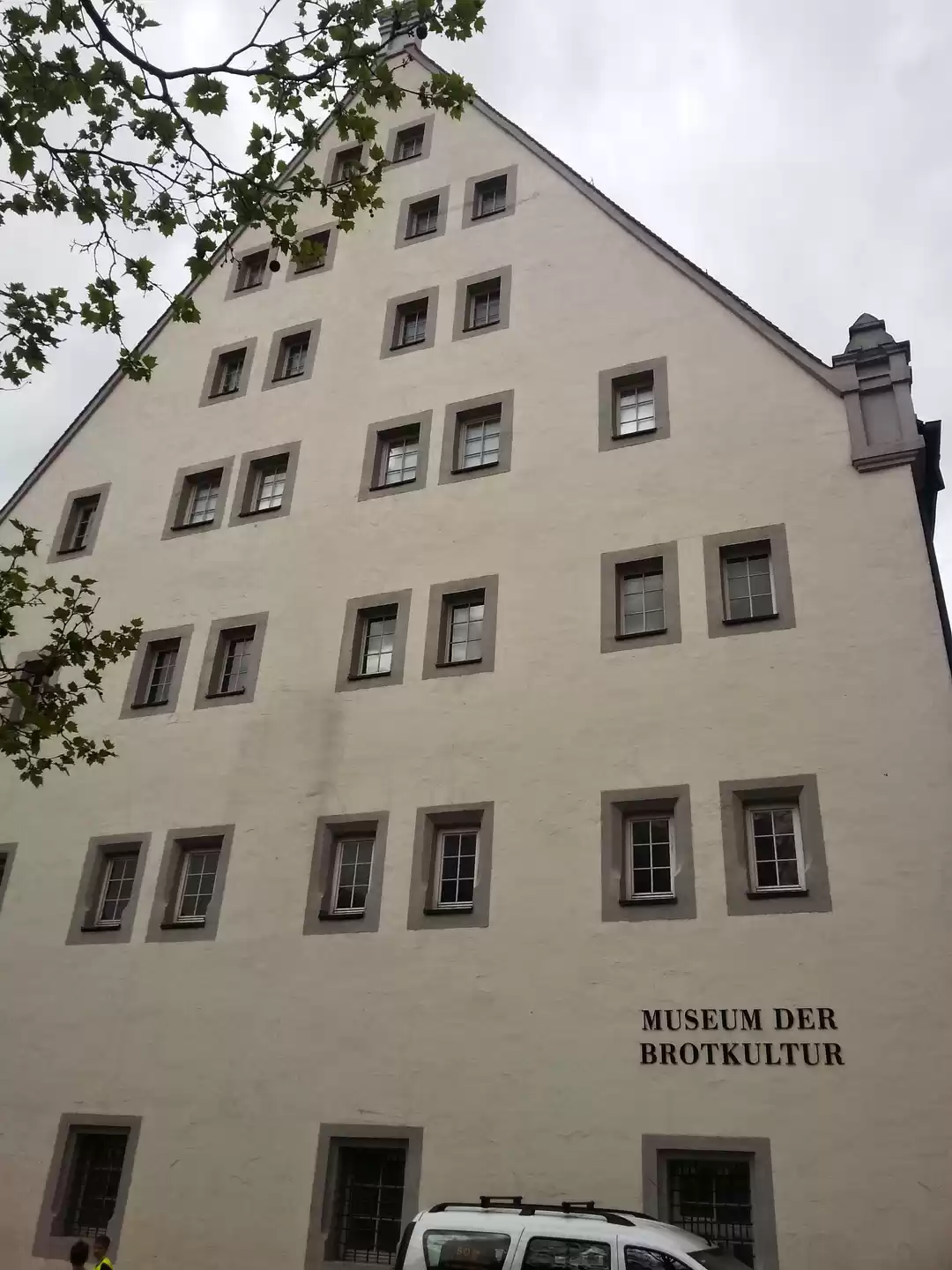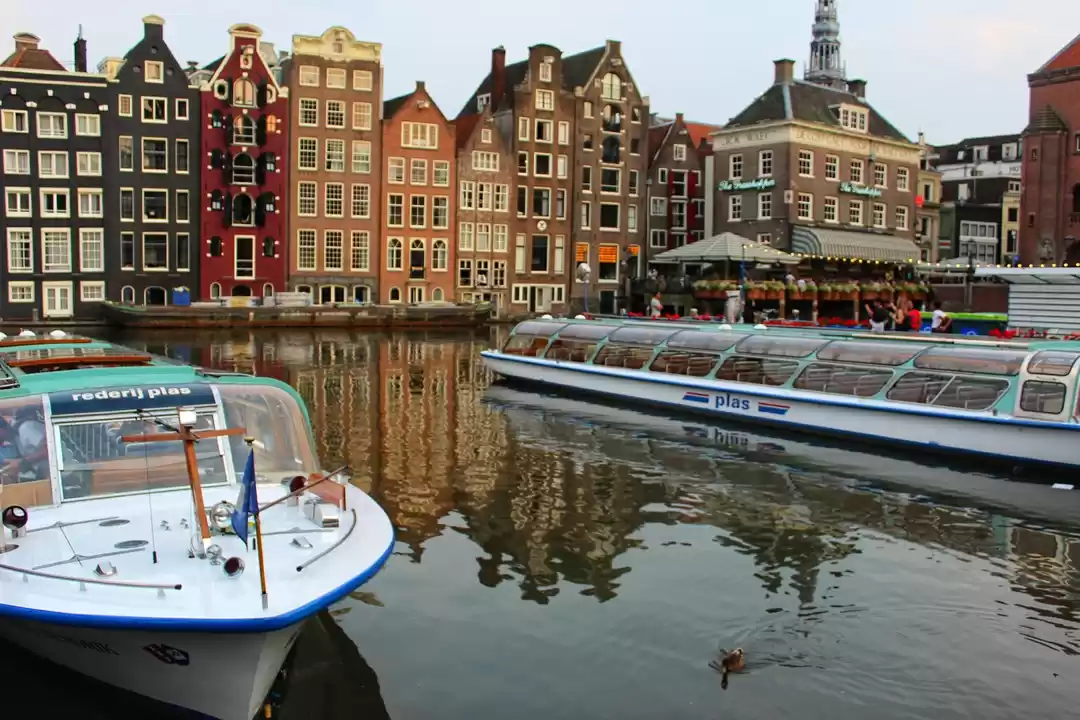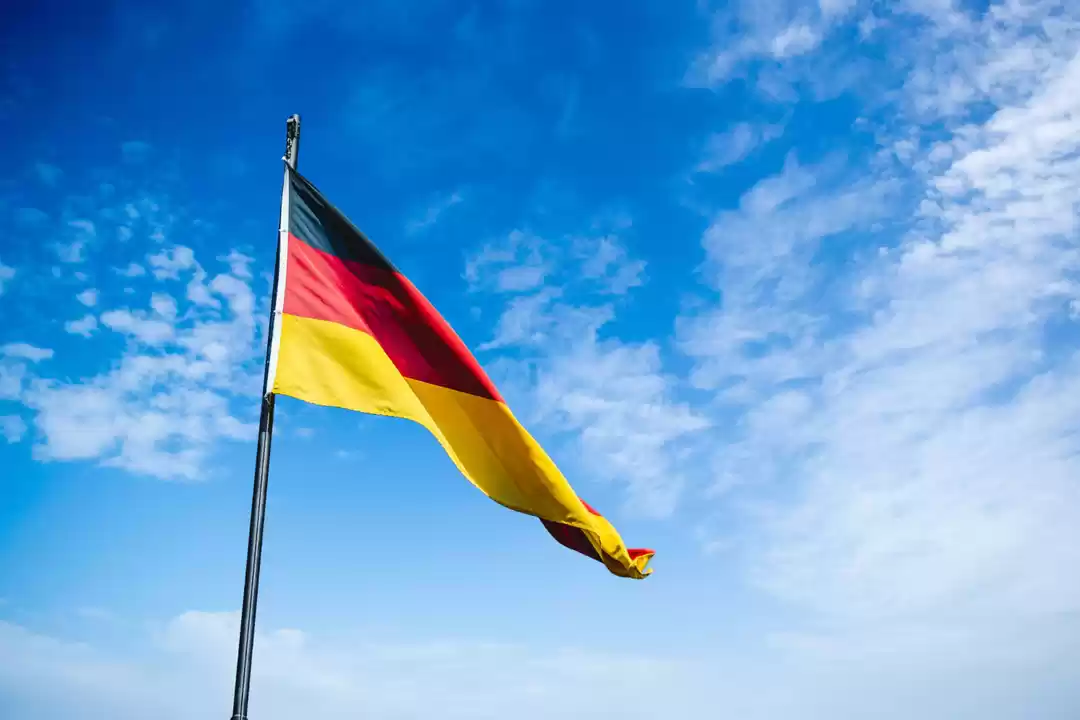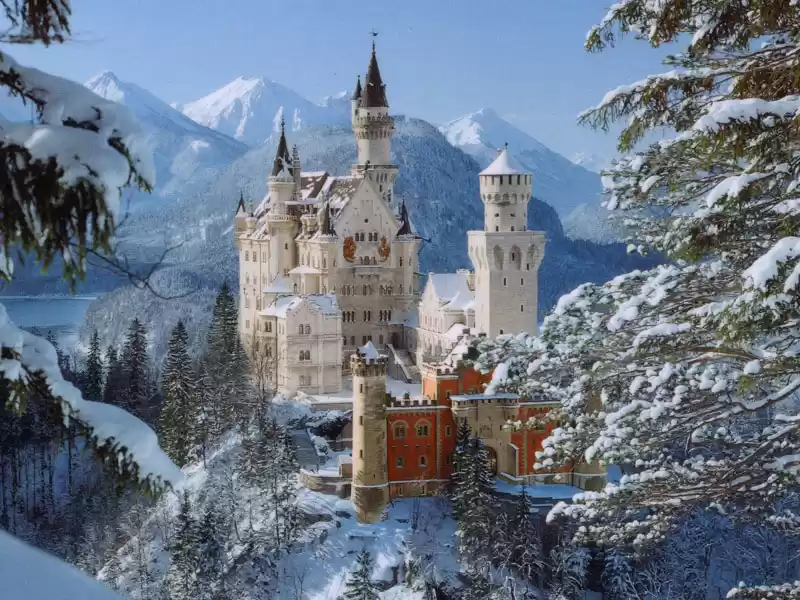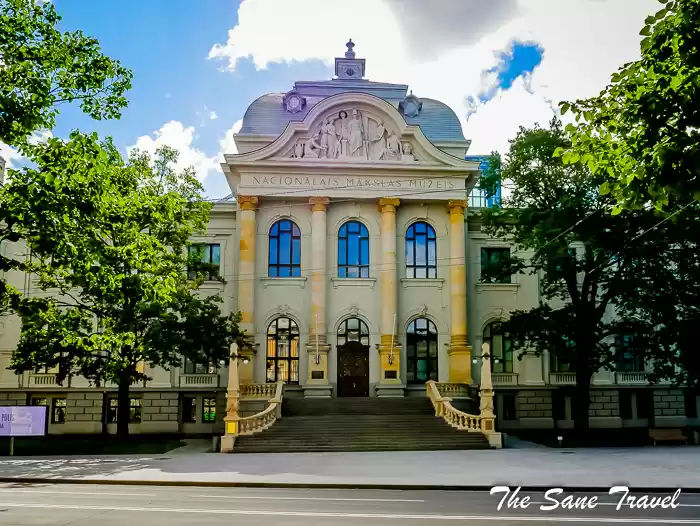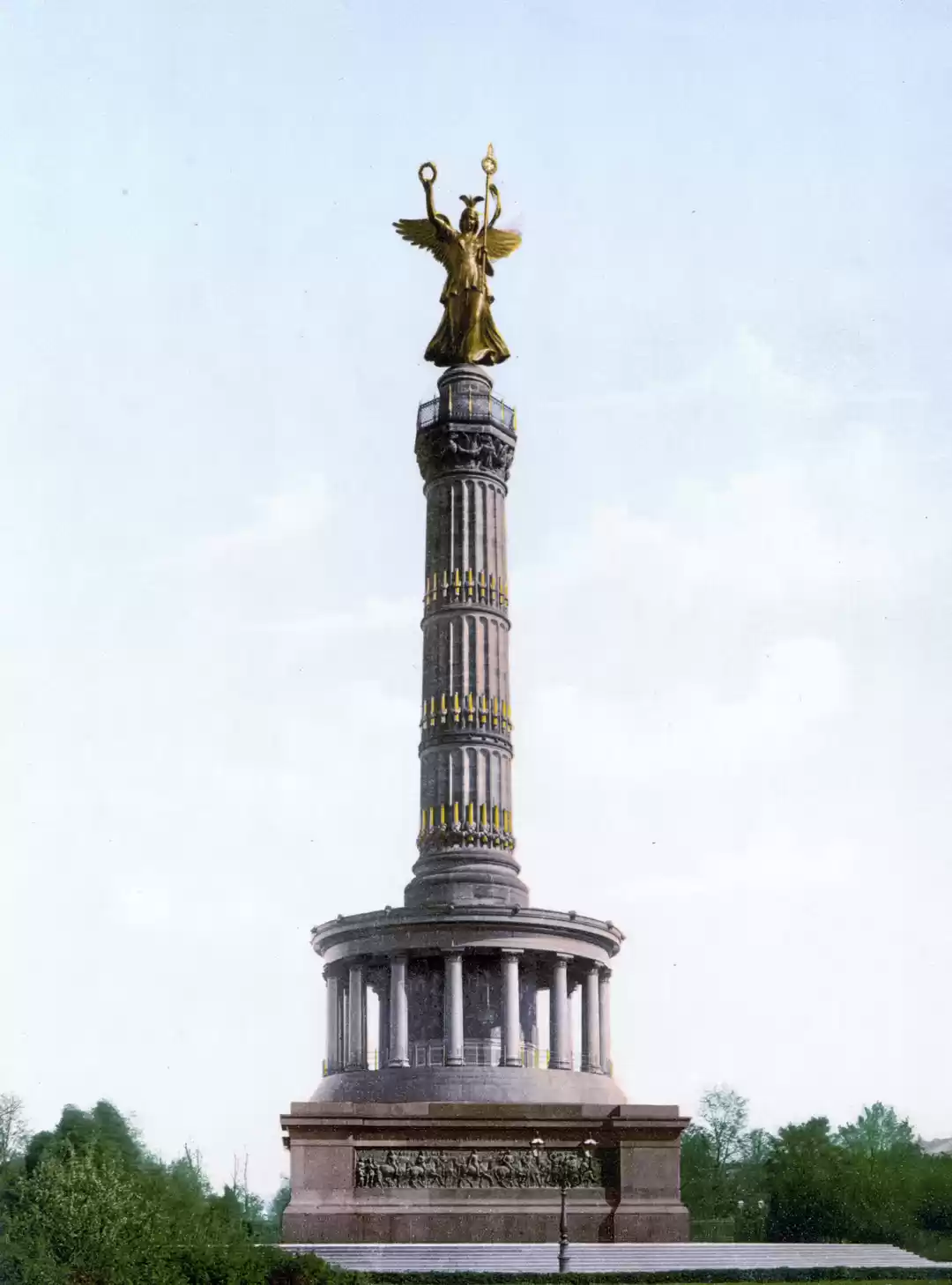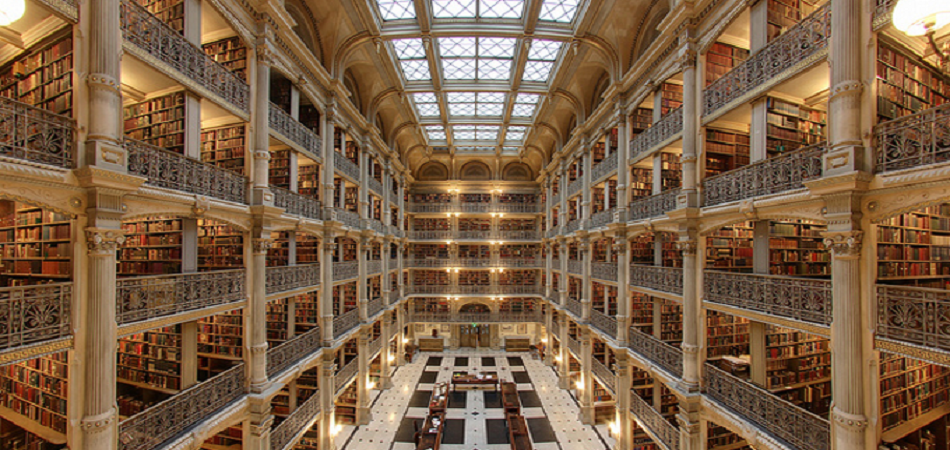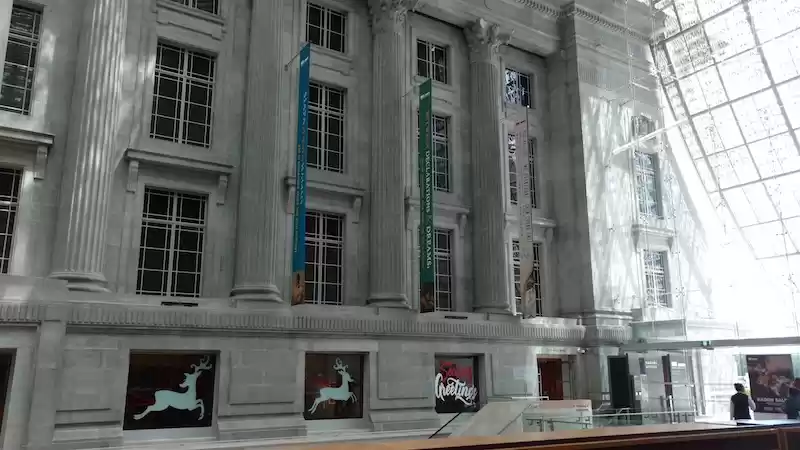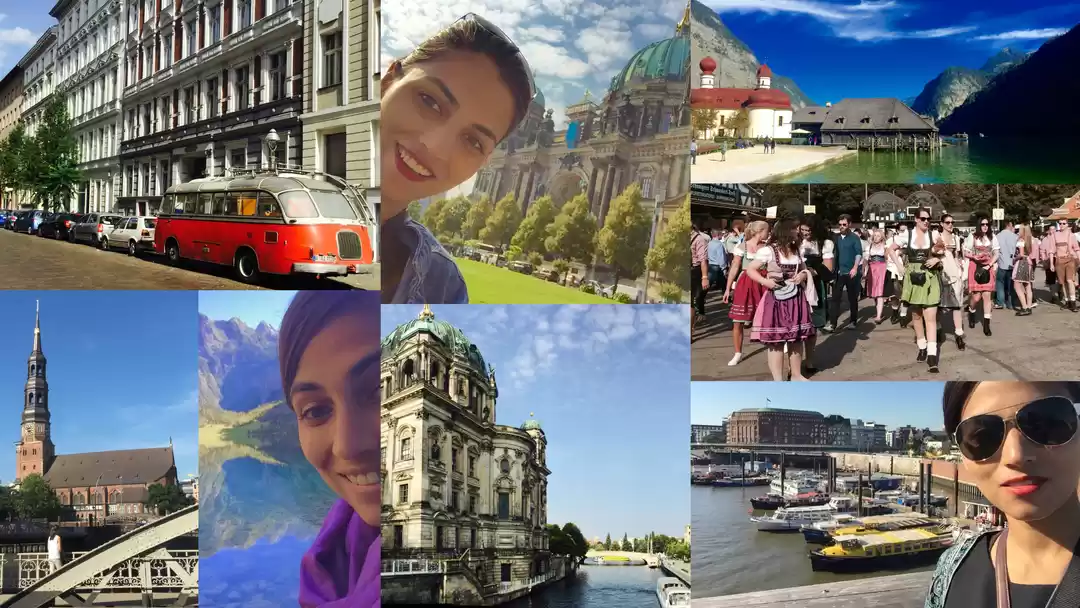


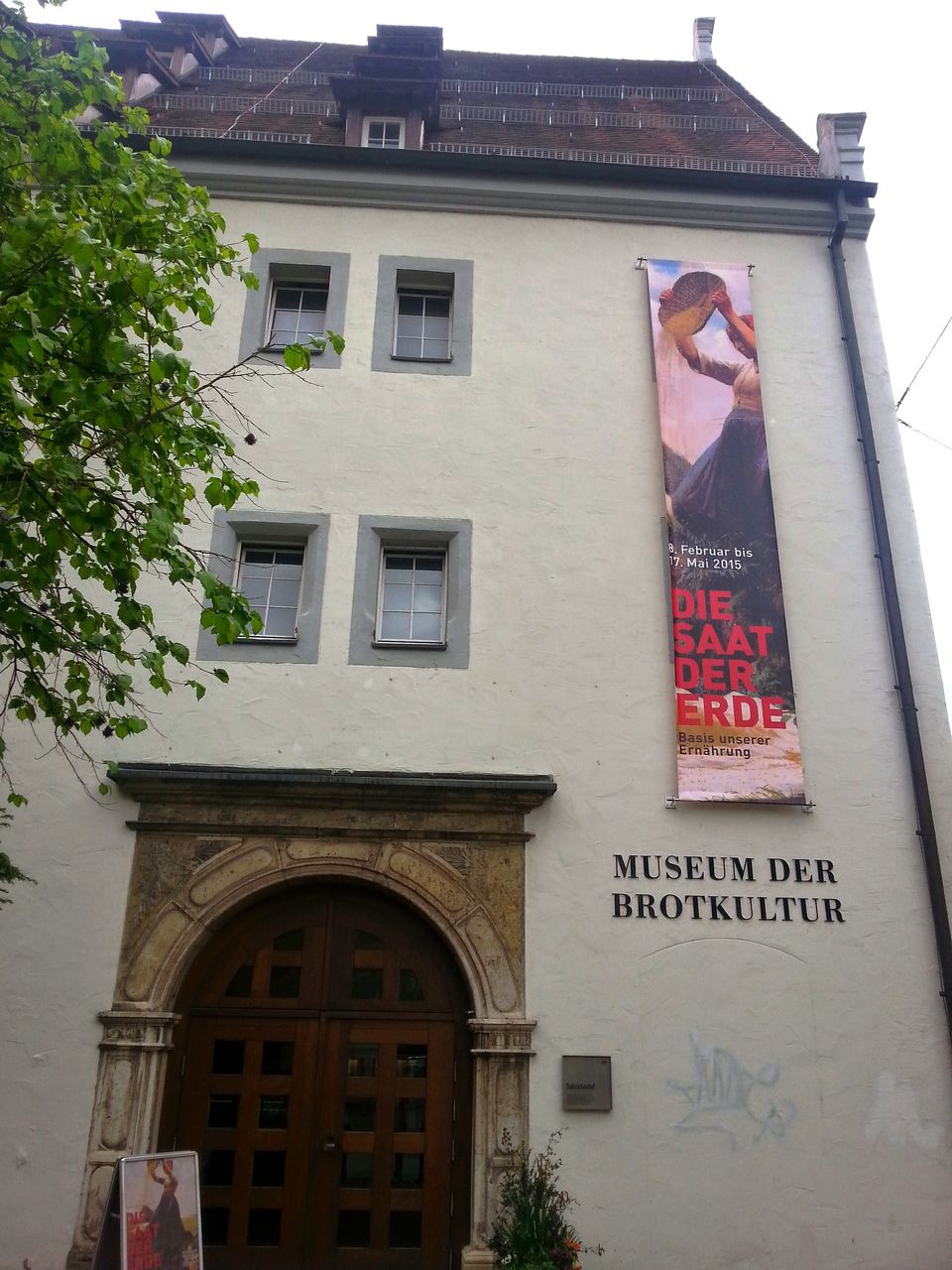
























































On each of my visits to Ulm, I tasted a variety of bread. For the Germans, bread is a part of the main menu. So it is imperative that the Germans loved bread. Thus they have their very own ‘Bread Day’ every year on May 5th, though the World Bread day is celebrated on October 16. Finally on my eighth visit to Ulm in Germany, I happened to visit the Bread museum. We had not realized, that day was the German bread day, May 5th. Thus we got free entry!
Having visited Ulm several times, I never got a chance to visit this quaint museum located at a 10 minutes’ walk from the mail railway station or 5 minutes’ walk from the Ulm cathedral. This wonderful and informative museum contains numerous objects and various scenes from olden days which have been well displayed. The mobile audio recording explains clearly the significance of each of the numbered exhibits. Explanations at the exhibition are bilingual, in German and in English.
Bread is an indispensable basis of human culture and civilization, especially in Western countries.
Here are some facts about this museum:
- This unique museum is dedicated to the 6000 year history of bread.
- It was created by the decades long personal commitment of Willy Eiselen (1896-1981) and his son Hermann Eiselen (1926-2009)
- Both dealt in the manufacture and the sale of bakery ingredients and were among the leading suppliers to the bakery trade.
- The two entrepreneurs founded the museum, German Bread Museum in 1955 as an association.
- The first permanent exhibition dates back to 1960, which was the first and for many years the only museum of its kind in the world.
- It was a strictly private institution funded by the founders.
- In 1991, the funding of the museum was taken over by the Eiselen Foundation, an independent charitable institution and the museum moved into the Salzstadel, a historic storehouse in the center of Ulm, dating from 1592!
- The museum celebrated its 50th anniversary in 2005.
- It comprises of 16,000 objects of which 700 are on permanent display, and the collections cover more than 30 different kinds of objects. The exhibits provide a record of the significance of bread to mankind.
- A specialized library consisting of 6000 books and archives complete the collection.
The museum is dived into 2 main sections:
- From grain to bread on the first floor: The 6000 year history of bread begins with the growing cereals. Various aspects of cereal cultivation are portrayed in the some of the outstanding works of art.
- Man and bread on the second floor: Bread is a symbol of life – is of vital importance to human existence, culture and civilization! The image of bread is central to Judaeo Christian faith, a fact which becomes evident by valuable paintings and illustrations of scenes from the Old and New Testaments. And also by the ceremonial objects used in the observance of the Sabbath and Passah. They show how methods of bread making have changed through the ages and illustrate the social and cultural history of bread.
Other various interrelated topics covered are: Millers and bakers guilds in Ulm; lack of bread – harvest failure and famine and bread in art –bread related paintings and sculptures.
The opening hours of the museum are from 10 am to 5 pm. Guided tours in English can be arranged by prior appointment.
Here is the address:
Museum of Bread Culture,
Salzstadelgasse 10
89073 Ulm, Germany
Reference: The bread museum brochure and www.museum-brotkultur.de
Reference:



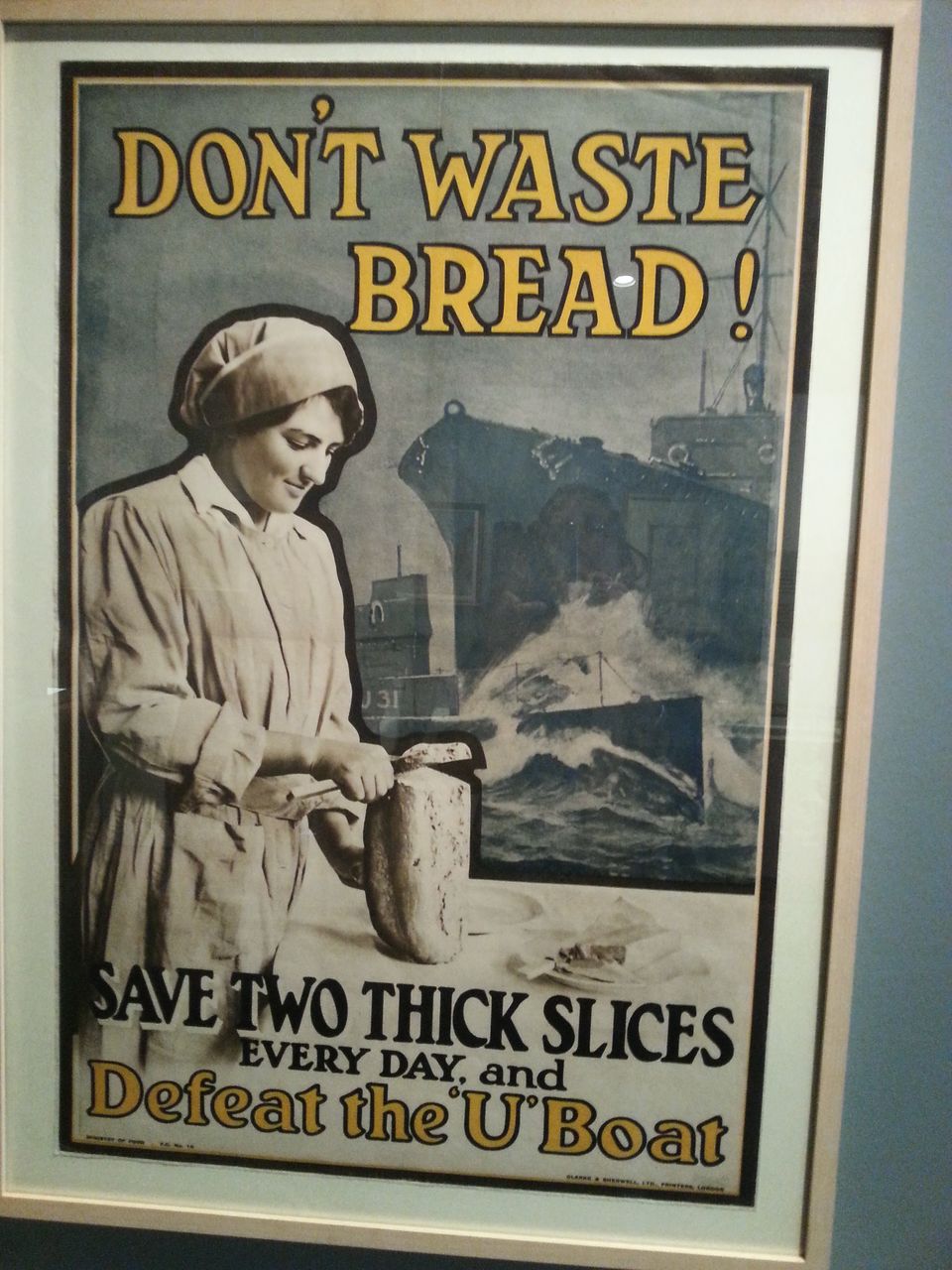

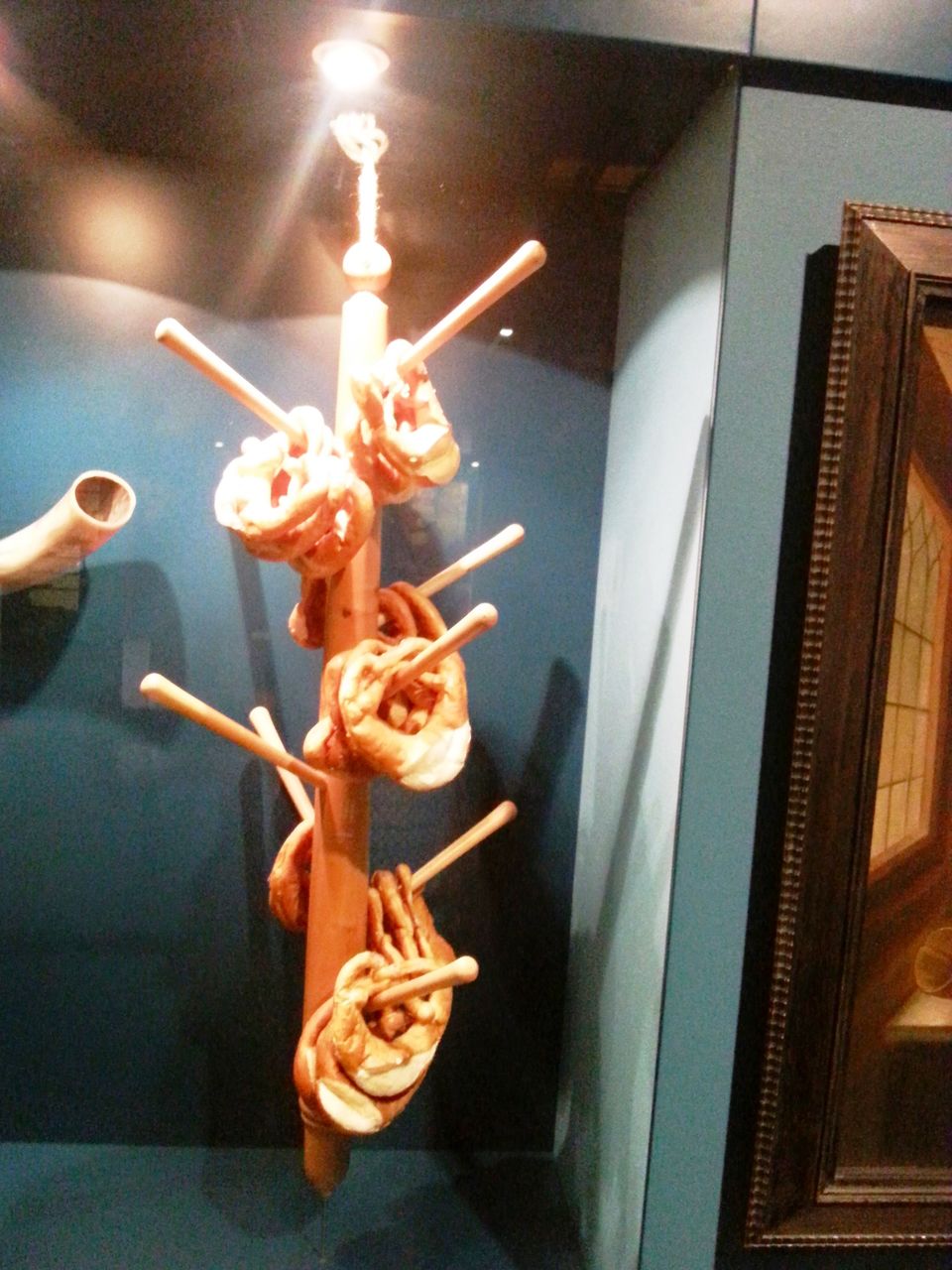



Refe
 re
re















